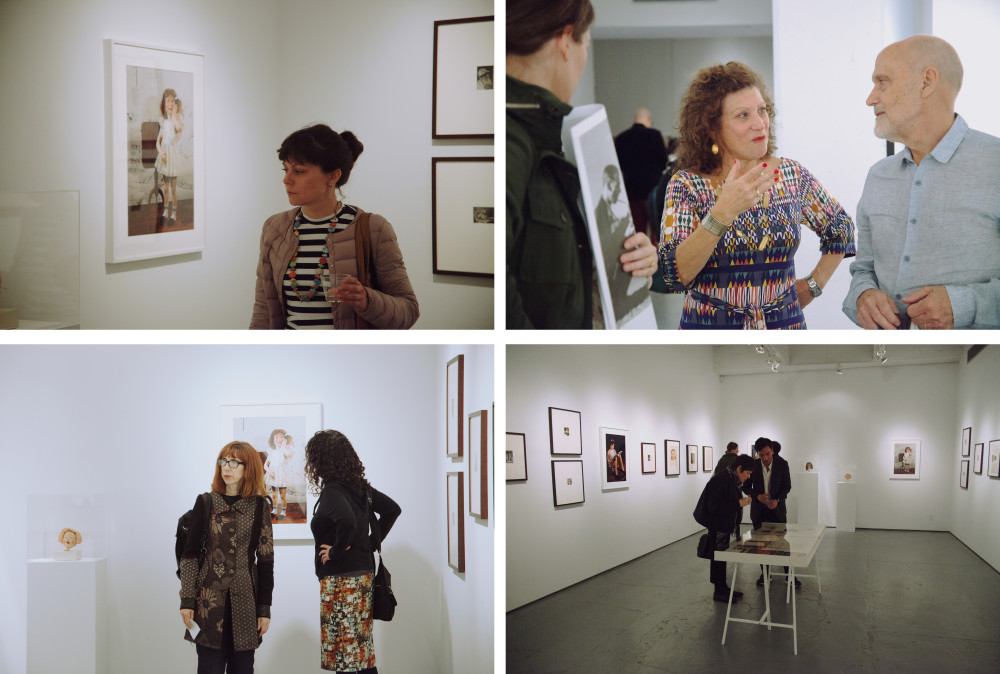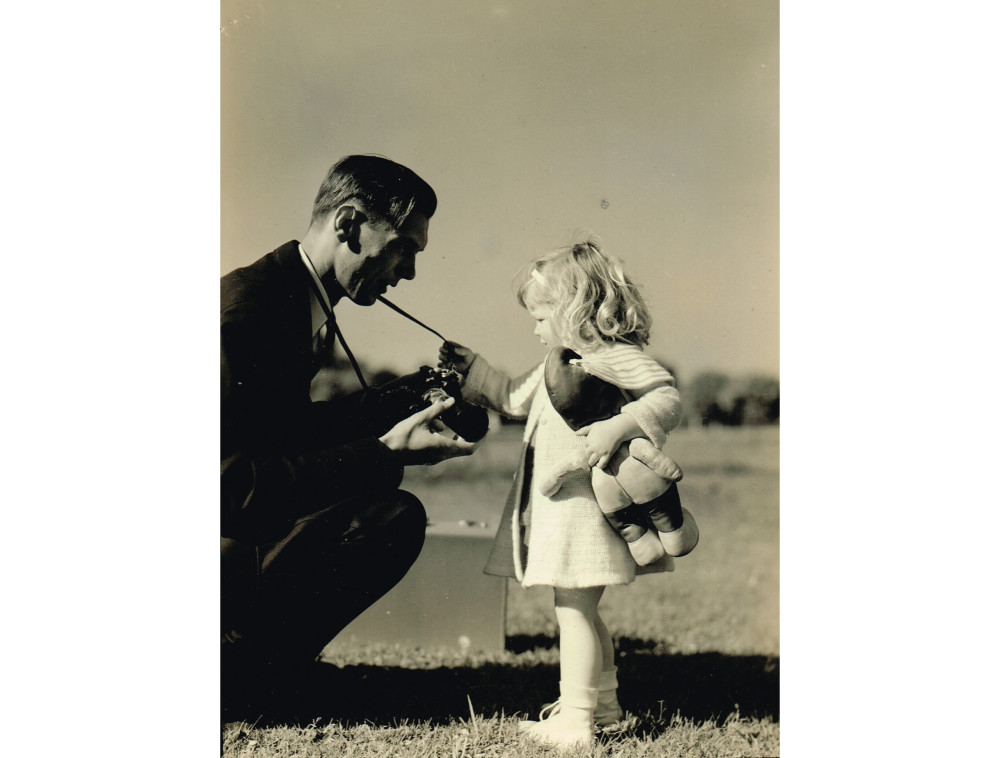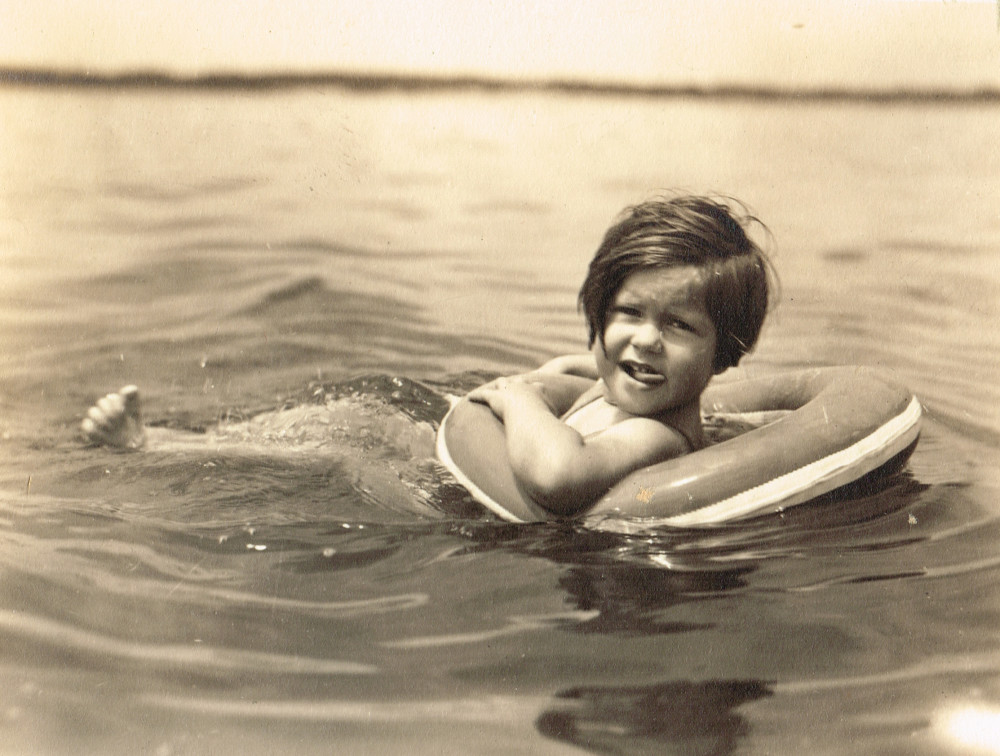Image above: © Morton Bartlett, Untitled (girl wagging finger at dog), c. 1950s / courtesy of Julie Saul Gallery
The Julie Saul Gallery presented the second exhibition of photographic works and related materials by Morton Bartlett (1909-1992). Since Bartlett’s work was first shown here in 2007, his photographs and mannequin sculptures have been widely exhibited. As their appearance in Massimiliano Gioni’s 2013 Venice Biennale demonstrated, their unique aura and superb craft have elevated them beyond the context of “self trained” or “outsider” art. Bartlett is known primarily for sculptures and photographs of dolls he created between 1935 and 1950 that were not discovered until the early 1990s. As he was beginning to create the sculptures, he also worked as a children’s photographer. His portrait and study photographs give new insight into the development of his sculptural style. This exhibition aims to cast Bartlett’s life and art in a fresh light by bringing these never-before exhibited photographs of children from the mid-1930s together with the color and black and white photographs of the dolls.
 Images above: © Ashley Comer
Images above: © Ashley Comer
The vintage silver prints from Bartlett’s photographic archive that belong to a private collector who assembled a large portion of Bartlett’s photographs, negatives, and slides over several years. The archive traces Bartlett’s life from the 1930s, just after he left his studies at Harvard (possibly due to the Great Depression) through the late 1980s.
During the 1930s, Bartlett worked at many different careers and jobs, ranging from commercial photographer to gas station manager. After a hiatus serving in the military during World War II, his quest to find a career continued. Throughout these years, the one activity that he consistently pursued was photography. In Bartlett’s attempt to market his work he created elaborate files and mounted his photographs on cards labeled with generic categories like Portraits, Children, Genre, Street scenes, Characters, and Sports. He also created fastidious release forms, sometimes taking signatures of both parents on the actual prints.
 Image above: © Morton Bartlett, Untitled (self portrait with Joyce Ricker), c. 1934/ courtesy of Julie Saul Gallery
Image above: © Morton Bartlett, Untitled (self portrait with Joyce Ricker), c. 1934/ courtesy of Julie Saul Gallery
This exhibition traces the evolution from Bartlett’s photographs of children to those of the dolls; Bartlett’s sculptural and photographic depictions of dolls reading, crying, and licking their lips have equivalents in photographs of real-life subjects engaged in identical activities. The exhibition will also include two of the doll sculptural heads, two self-portraits, a color pastel drawing, and original letters and release forms for his photographs of children.
A tabloid will be available with reproductions of several of Bartlett’s essays from his magazine Bench & Brush, reproductions of photographs, and an essay by Michael Duncan, independent curator and art critic based in Los Angeles.
 Image above: © Morton Bartlett, Girls: Water Ring, 1934/ courtesy of Julie Saul Gallery
Image above: © Morton Bartlett, Girls: Water Ring, 1934/ courtesy of Julie Saul Gallery
Bartlett’s work is prominently featured in the Collection Art Brut, Lausanne and is included in the permanent collections of the Los Angeles County Museum of Art, Tang Teaching Museum, University of California Riverside, and the Santa Barbara Museum of Art. In the past several years his work has been featured in solo exhibitions at the Hamburger Bahnhof in Berlin, and LACMA, and has appeared in group shows at the Centre Pompidou, Paris; the New Museum, New York; the Reina Sofia, Madrid; the Venice Biennale; the Hayward Gallery, London; and David Zwirner Gallery, New York.



